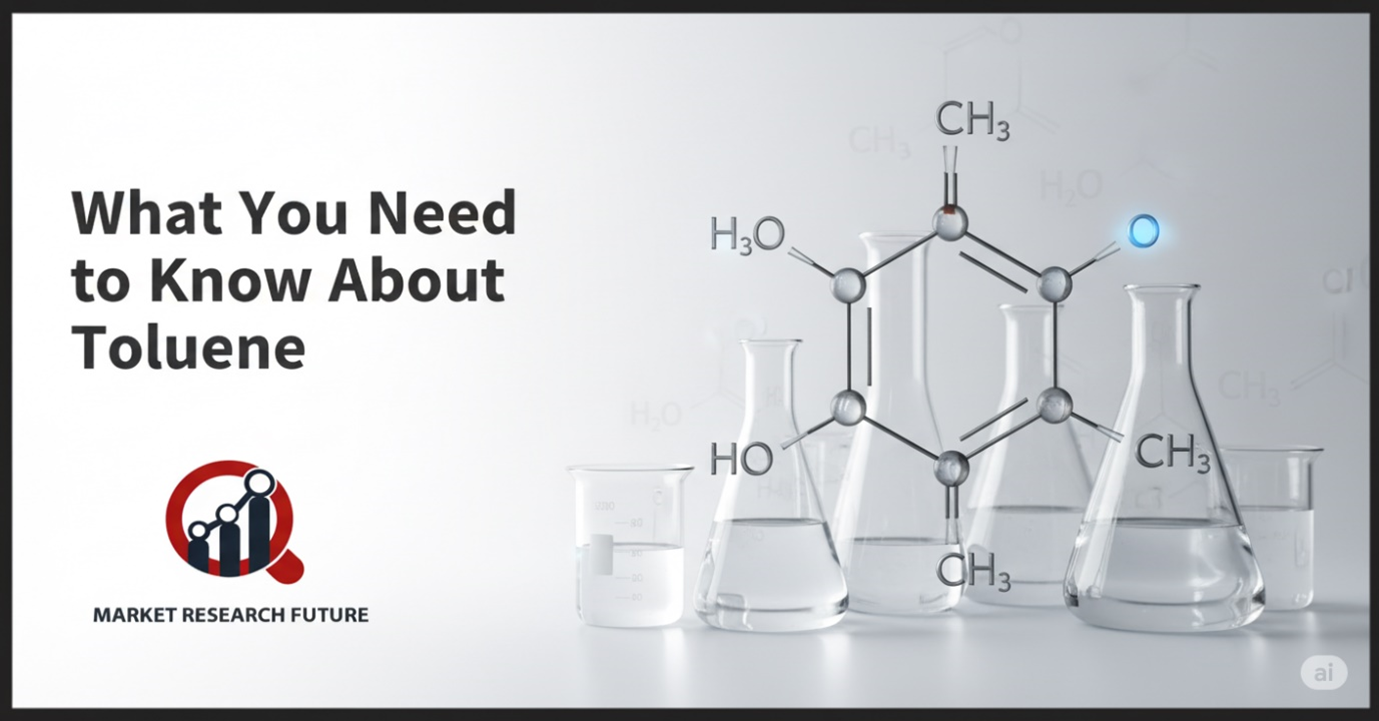Toluene - Key Sales Ingredient
What You Need to Know About Toluene

Toluene is a transparent, colorless liquid that smells a little pleasant. It is an aromatic hydrocarbon that is often found in gasoline, fuel oil, and kerosene, which are all types of petroleum. It has been used for a long time as a solvent, an industrial chemical, and a paint remover. It is also called methylbenzene or toluol.
Toluene's Most Common Uses
Toluene can be used in several ways. It is used in nail polish, paint, paint thinners, and wood stain removers. It is used in the wood finishing industry and to wipe oils off metal surfaces. It's also a key part of making plastics, dyes, herbicides, pesticides, and even drugs like acetone and aspirin. Toluene is very useful in both industrial and residential settings since it can dissolve oils without leaving a residue.
Things to think about for health and safety
Toluene is useful, but you have to be careful with it. It can get into the body through the skin, as vapors, or by mistake. Headaches, dizziness, nausea, or drowsiness may happen after being exposed for a short time. Long-term or high-level exposure can hurt the liver, kidneys, and central nervous system, and potentially damage nerves. Rashes or inflammation can happen when you touch your skin.
Possibility of Abuse
Toluene makes the central nervous system work less well. Some people take it on purpose to get high, which can be dangerous. Abuse can cause serious health concerns, such as neurotoxicity, breathing problems, or damage to organs. You should be responsible when you use toluene and keep it away from kids.
Why Toluene Is Important
Even though it is dangerous, toluene is still an important chemical in many fields. It is an essential element in many things we use every day since it can dissolve oils, evaporate easily, and act as a solvent. New rules and safety measures help ensure that toluene can be used safely and effectively while lowering health hazards.
Toluene is a strong chemical that can be used in many ways. With adequate care and knowledge of its effects, it is still very important in many areas of life, including industry, home, and medicine.

Leave a Comment